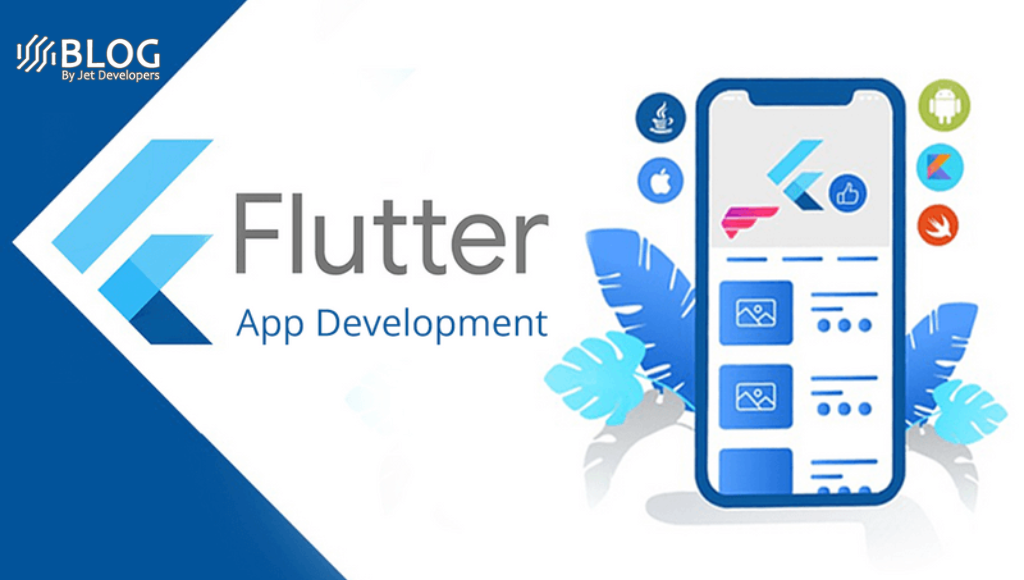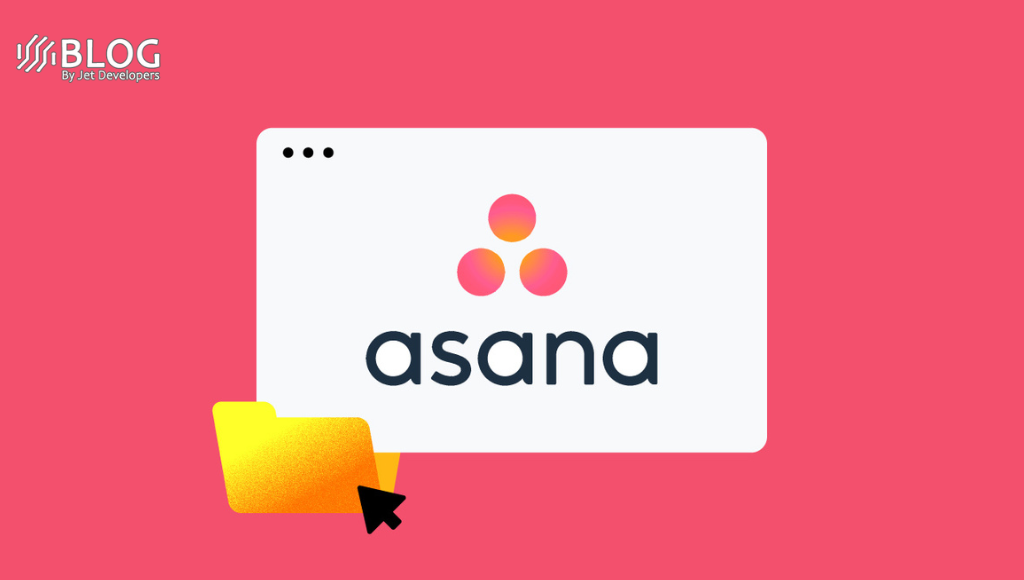Flutter, an open-source UI software development kit, has gained significant popularity among developers for building stunning cross-platform mobile applications. Developed by Google, Flutter offers a range of services that simplify the app development process and deliver high-performance user interfaces. In this article, we will explore the services provided by Flutter and delve into its numerous advantages.
Services:
- Cross-Platform Development: Flutter allows developers to write code once and deploy it across multiple platforms, including iOS, Android, and even the web. This saves time and effort by eliminating the need for separate codebases for each platform. The cross-platform nature of Flutter ensures consistent user experiences and faster development cycles.
- Fast and Expressive UI: Flutter utilizes a reactive framework, enabling developers to create visually appealing and interactive user interfaces. With Flutter’s extensive collection of customizable widgets, developers can craft beautiful UI elements and animations, resulting in a polished and engaging user experience.
- Hot Reload: One of Flutter’s standout features is its Hot Reload functionality, which allows developers to instantly see the changes they make to the code reflected in the app’s UI. This accelerates the development process and facilitates real-time experimentation, enabling developers to iterate and fine-tune their app quickly.
- Access to Native Features: Flutter provides direct access to native features and APIs of the underlying operating system. This means developers can leverage platform-specific functionalities without sacrificing the benefits of cross-platform development. Flutter’s rich set of plugins and packages further extend its capabilities, allowing seamless integration with native services.
- Widgets: Flutter offers a wide range of pre-built and customizable widgets that make it easy to create consistent and visually appealing UI components. These widgets adapt to the platform’s look and feel, ensuring native-like experiences. Flutter’s widget-based approach simplifies UI development, encourages code reuse, and facilitates rapid prototyping.
The Pros of Flutter:
- Fast Development: Flutter’s hot reload feature and reactive framework enable developers to build and iterate on their app quickly. This results in shorter development cycles and faster time-to-market.
- Consistent UI: Flutter’s widget-based architecture ensures a consistent UI across platforms, guaranteeing a seamless user experience regardless of the operating system.
- Single Codebase: With Flutter, developers write a single codebase that can be used to create apps for multiple platforms, reducing development time and effort.
- High Performance: Flutter’s underlying engine, known as Skia, provides excellent performance and smooth animations. Flutter apps are known for their fast and responsive user interfaces.
- Strong Community and Ecosystem: Flutter benefits from an active and supportive community of developers. The community contributes to the growth of packages, plugins, and documentation, making it easier for developers to find solutions and gain expertise.
Conclusion:
Flutter has emerged as a powerful framework for cross-platform mobile app development, offering a rich set of services and a range of advantages. Its ability to deliver visually stunning and high-performance user interfaces, along with its cross-platform capabilities and fast development cycles, make it an attractive choice for developers. With Flutter, developers can create feature-rich, beautiful, and seamless mobile applications while maximizing productivity and reaching a broader audience. The strong community support and continuous growth of the Flutter ecosystem further solidify its position as a preferred framework for modern mobile app development.






